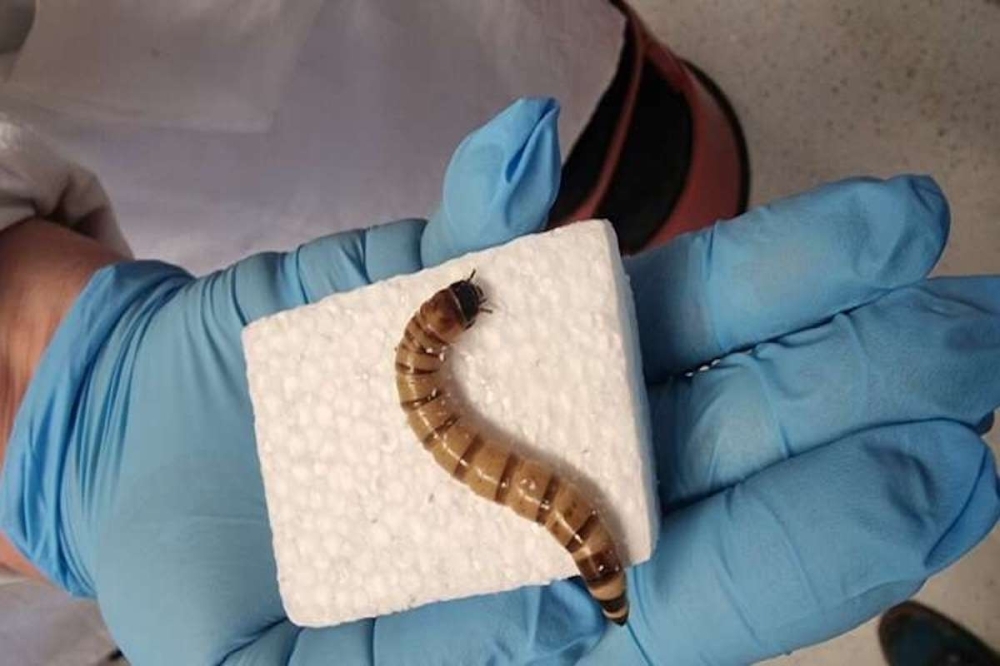Superworms take on the fight against styrofoam
The large weevil can digest polystyrene thanks to gut microbes
It would seem the larvae of a species of beetle native to Central and South America can survive on certain plastic as their sole food source and even gain weight by eating polystyrene.This according to a new study from Australia's University of Queensland, published in the journal Microbial Genomics. The researchers were able to show that the larvae of the species Zophobas morio (black beetle), known as “superworms”, are able to digest polystyrene thanks to the microbes in their intestines.
The team had previously divided larvae into three groups and observed them for three weeks. One was given nothing to eat, one was given bran, and another was put on a polystyrene foam diet. “What we found was that the superworms fed only polystyrene not only survived but even gained a small amount of weight,” said Chris Rinke, one of the lead authors of the study.
In addition, they were more active than the larvae, which were given nothing to eat. This indicates that the larvae can gain energy from the styrofoam, “most likely with the help of their gut microbes”.
It was already known from previous studies that other types of worms, such as mealworms, can eat plastic. However, the superworms are larger and therefore more efficient.
The long-term goal is to use the microbes as a model to develop enzymes for breaking down plastic waste in recycling plants - through mechanical comminution and subsequent enzymatic biological degradation.
“Superworms are like mini-recyclers that shred the styrofoam with their mouths and then feed it to the bacteria in their gut,” Rinke explained.
The larvae's appetite for styrofoam could be “the key to mass plastic recycling”, the university said in a media statement. At the same time however the study also raised many new questions. Further in-depth research is needed to better understand the processes and possibilities. – Carola Frentzen/dpa



